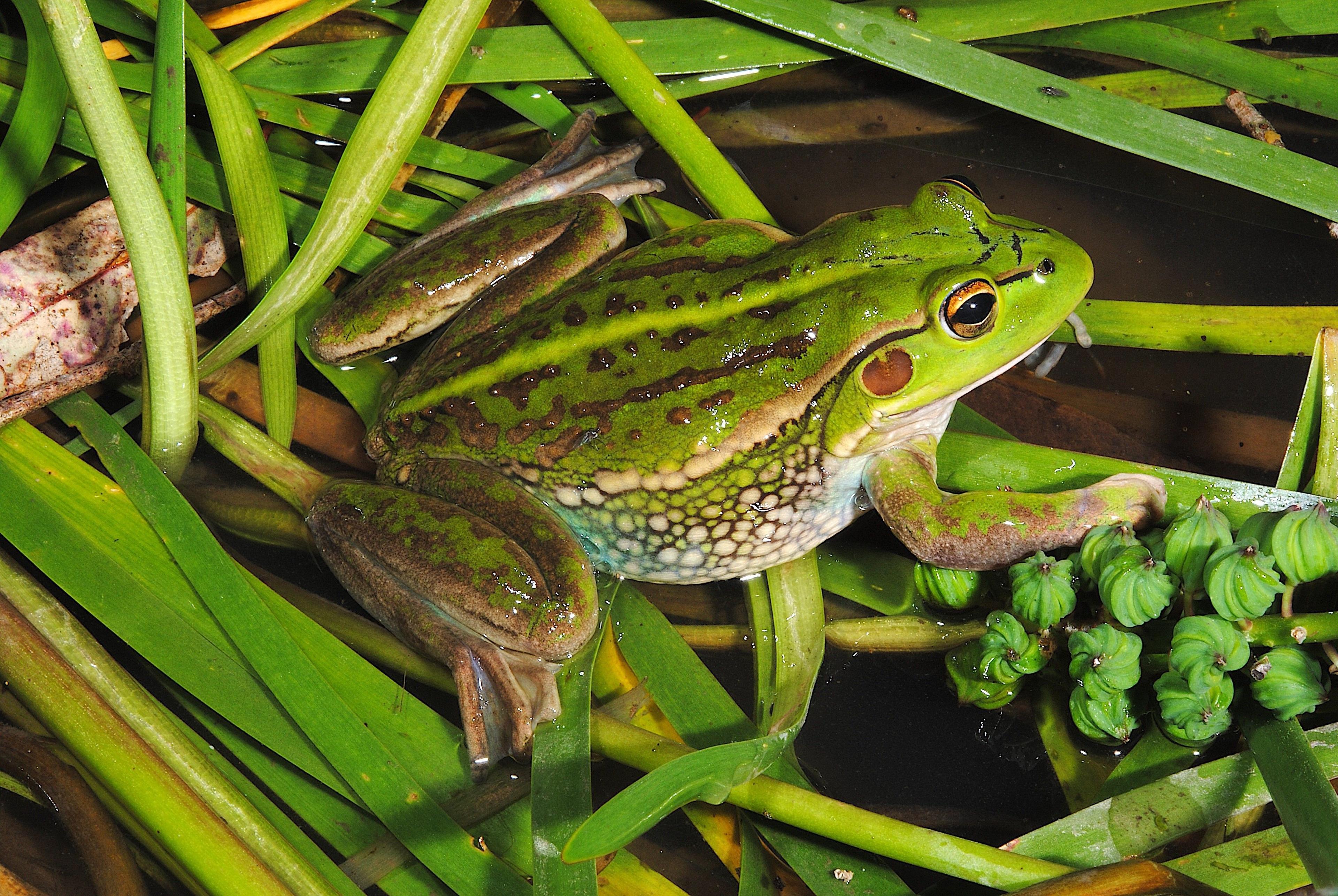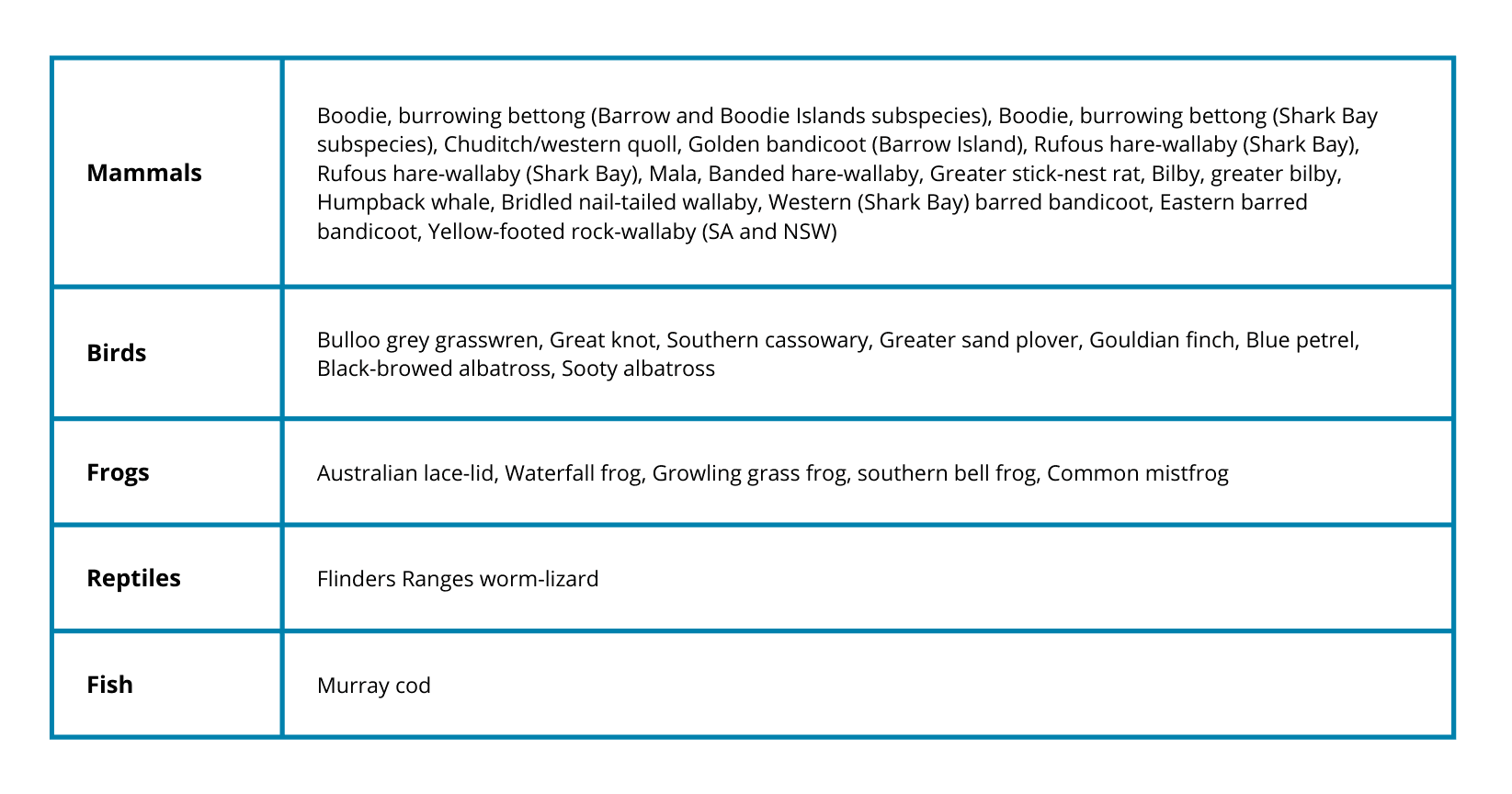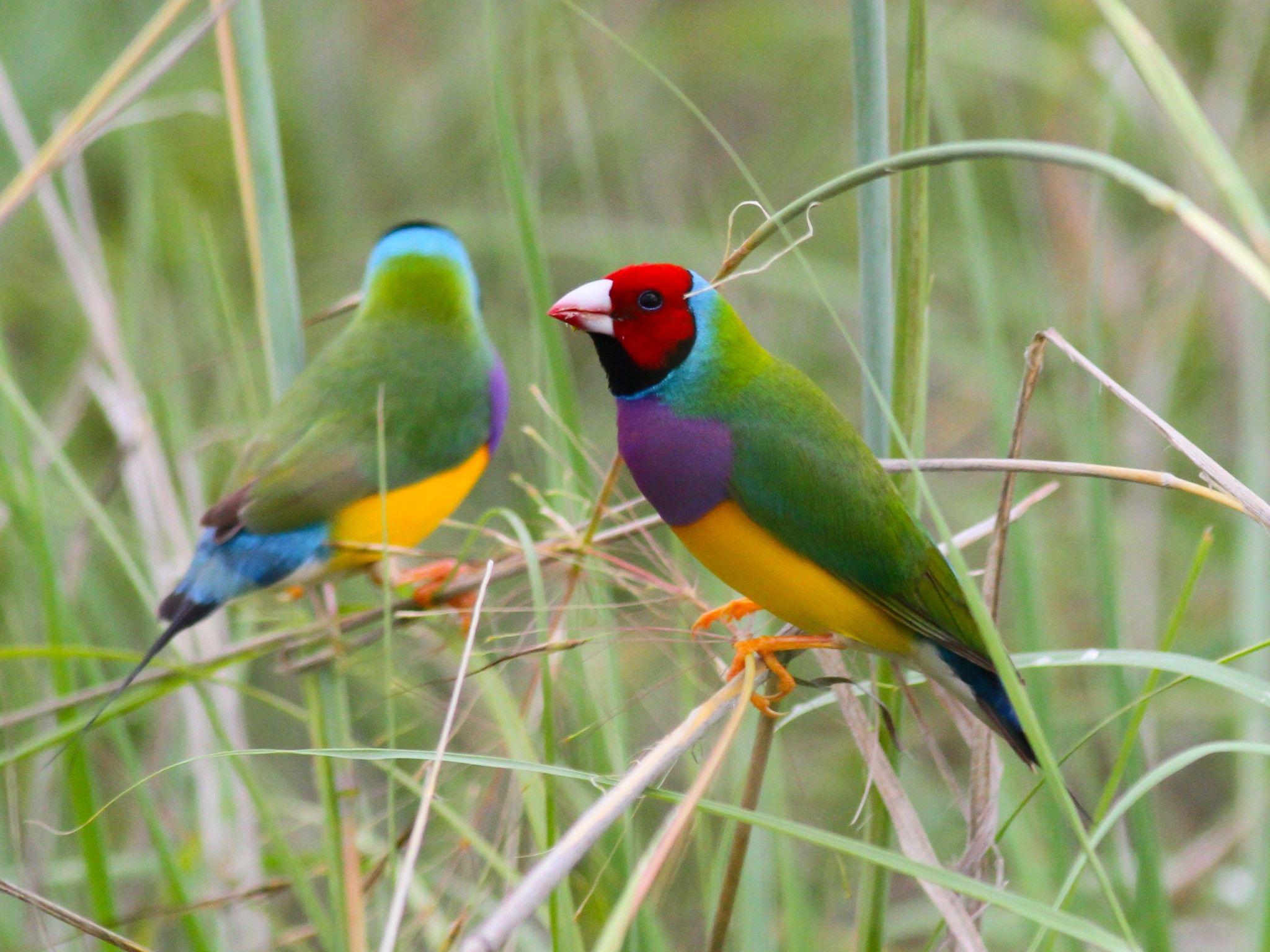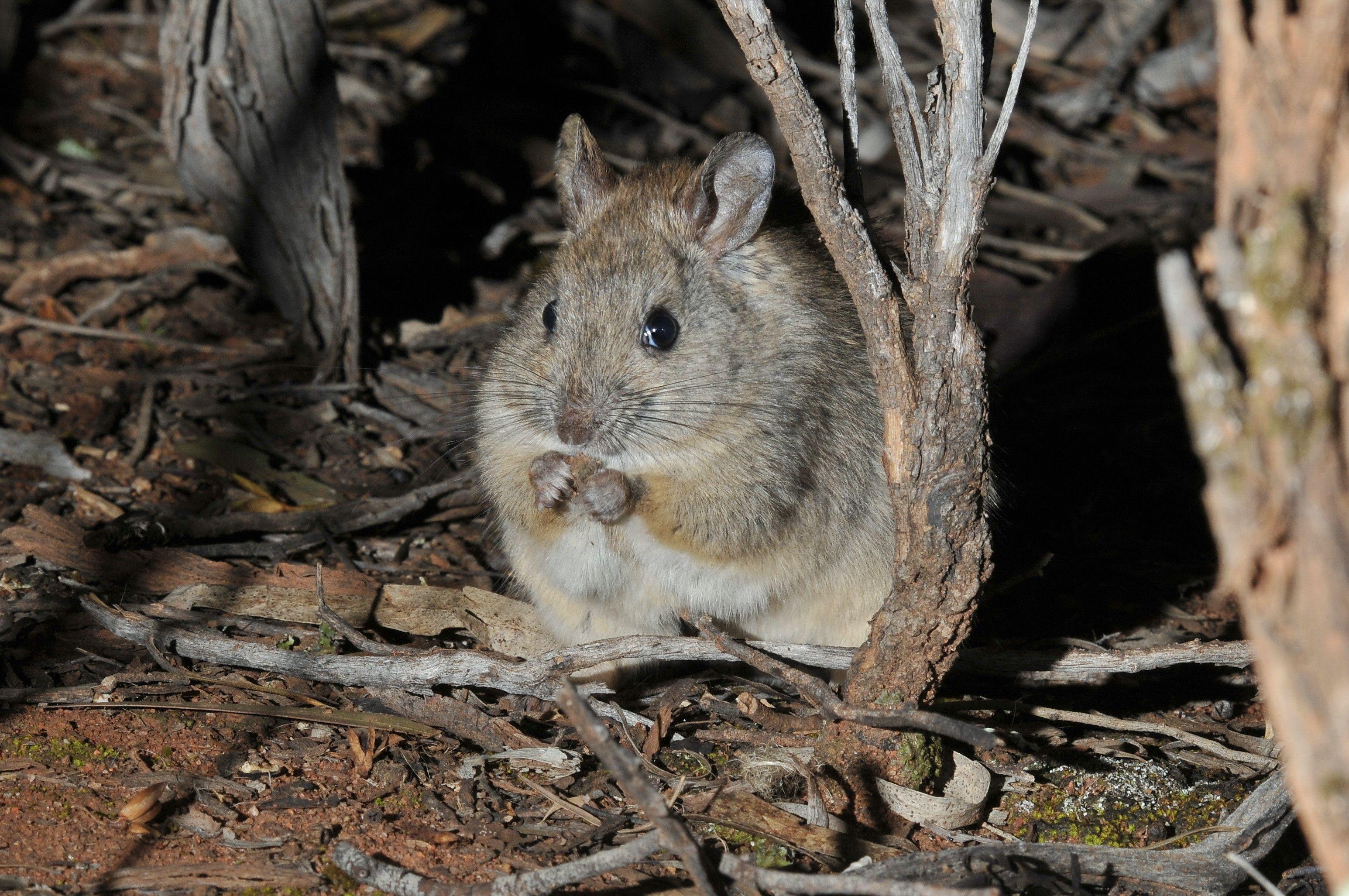Lights at the end of the tunnel: 29 threatened animals pulled back from the brink

Growling grass frog. Image: Mike Swan
Media Release
24 February 2023
New research published in Biological Conservation has identified 29 threatened wildlife species that have been pulled back from the brink in Australia, including the humpback whale, greater bilby, Gouldian finch, growling grass frog and Murray cod.
The research was led by Professor John Woinarski at Charles Darwin University, who is a member of the Biodiversity Council. The Biodiversity Council brings together leading experts including Indigenous knowledge holders to promote evidence-based solutions to Australia’s biodiversity crisis.
The study identified 15 mammals, 8 birds, 4 frogs, one reptile and one fish that have recovered such that they no longer meet the criteria for listing as threatened.

“These species were in severe and rapid declines, such that extinctions within decades were very real possibilities for many,” Professor Woinarski said.
“While most of these species are far from recovered to historically natural population sizes, they are no longer rapidly declining, in most cases their populations have stabilised and in some cases numbers are now going up.
“The recoveries are mostly the product of targeted management by many government agencies, conservation NGOs, Indigenous land managers and others, typically over many years: we're not saying conservation is easy.

Gouldian finch. Image: Kym Nicholson CC BY 4.0 via Wikimedia Commons
“Most of these species will continue to need on-going investment and action or they will slip backwards. None-the-less there is now hope for these species, and the many people and organisations involved should be congratulated.
“We can learn important lessons from each of these 29 cases about the factors underpinning success. It also enables us to identify where the gaps are for the many more species that are not doing so well.
“Firstly, it is important to recognise that that we have the ability to recover species when the investment and commitment is there.
“A key factor in stabilising and increasing populations of 14 native mammals has been translocations to havens, which are islands and fenced mainland areas where cats and foxes are absent or have been eradicated.

“As havens cover less than 1% of the Australian landscape, full recoveries will depend on managing threats to wildlife at much larger scales. Until we can do that, havens are a powerful tool for preventing extinctions and shoring up populations.
“While these are good outcomes for some species, the overall picture remains of great concern. The 29 species that we identified are less than 10% of Australia’s threatened wildlife. Far more species have been added to the threatened species list than removed from it over the last 20 years.
“There have not been any recoveries of threatened species affected by broad-scale land clearing, forestry, climate change and changed fire regimes – Australia is not yet managing those threats adequately, and they represent formidable challenges.”













